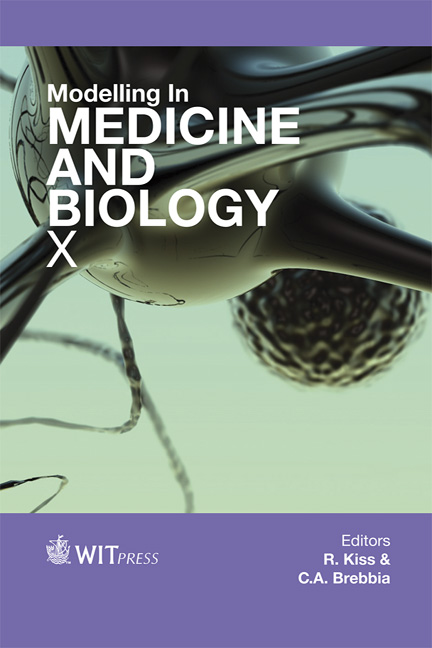Investigation Of Image Segmentation Methods For Intracranial Aneurysm Haemodynamic Research
Price
Free (open access)
Transaction
Volume
17
Pages
9
Page Range
259 - 267
Published
2013
Size
446 kb
Paper DOI
10.2495/BIO130231
Copyright
WIT Press
Author(s)
Y. Sen, Y. Zhang, Y. Qian & M. Morgan
Abstract
Patient-specific haemodynamic technology has been applied in clinical applications. Computational haemodynamic simulation is performed by utilization of geometric results obtained via medical image segmentation. However, the geometry and volume of intracranial aneurysm models are highly dependent upon different segmentation methods, even when employed upon the same medical imaging data. Moreover, methods of vascular segmentation have been insufficiently validated. In this study, we compared three segmentation methods; the Region Growing Threshold (RGT), Chan-Vese model (CV) and Threshold-Based Level Set (TLS), to segment the aneurysm geometry through the use of CTA image data. The results were evaluated via measurement of arterial volume differences (VD), local geometric shapes, and haemodynamic simulation results. We found that the maximum VD of three segmentation methods sat at around ±15%. Local artery anatomical shapes of aneurysms were likewise found to significantly influence segmentation results. The computational haemodynamic simulation was performed modelling three types of geometries, with typical haemodynamic characteristics; i.e. energy loss and shear stress. We found that there was a maximum of 58% difference between segmentation methods. The results indicated that it is essential to validate segmentation methods in order to confirm the quality of segmentation processes in the application of patient-specific cerebrovascular haemodynamic analysis. Keywords: medical image segmentation, intracranial aneurysm, level set, region growing threshold, haemodynamic.
Keywords
Keywords: medical image segmentation, intracranial aneurysm, level set, region growing threshold, haemodynamic.





